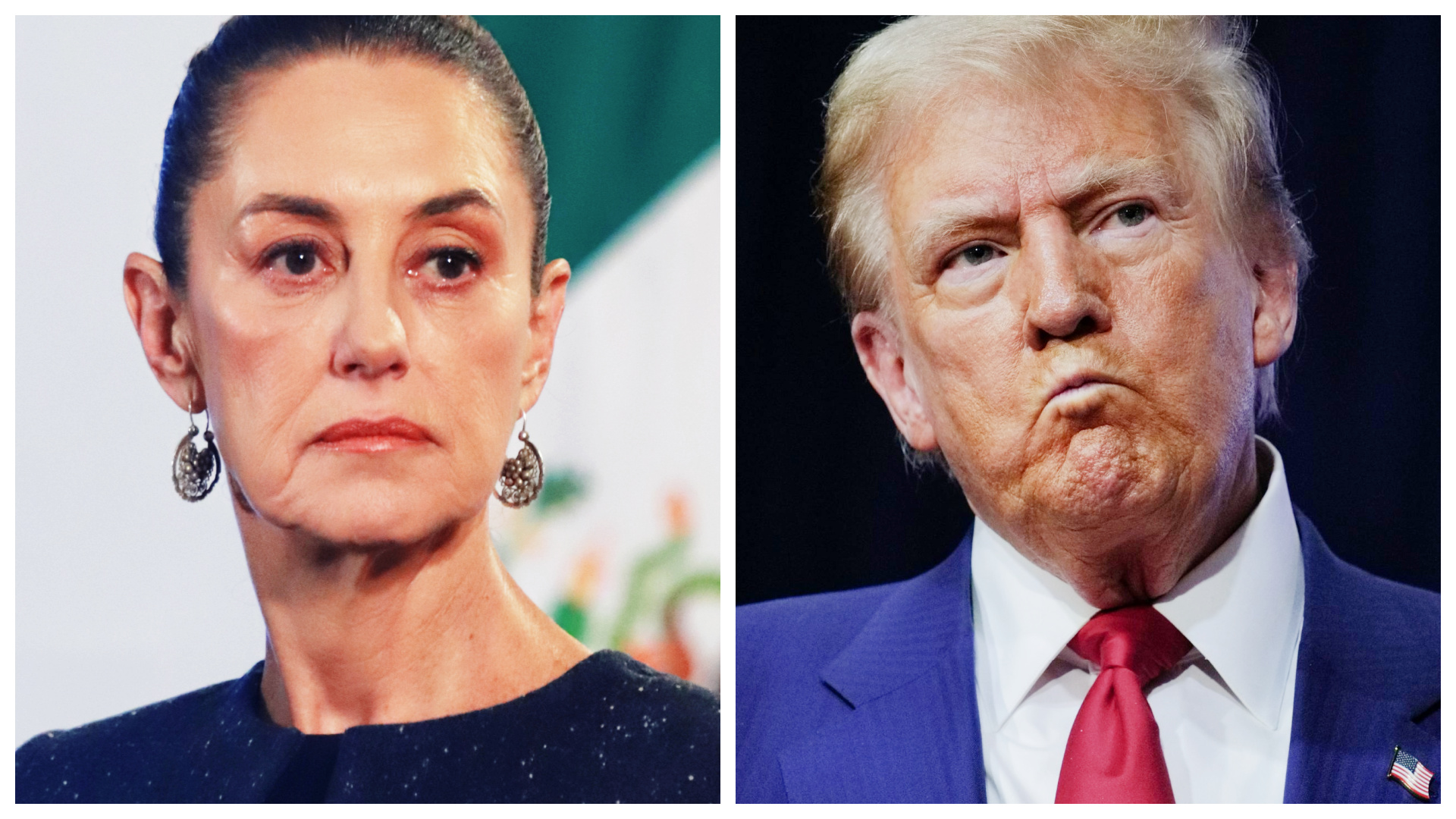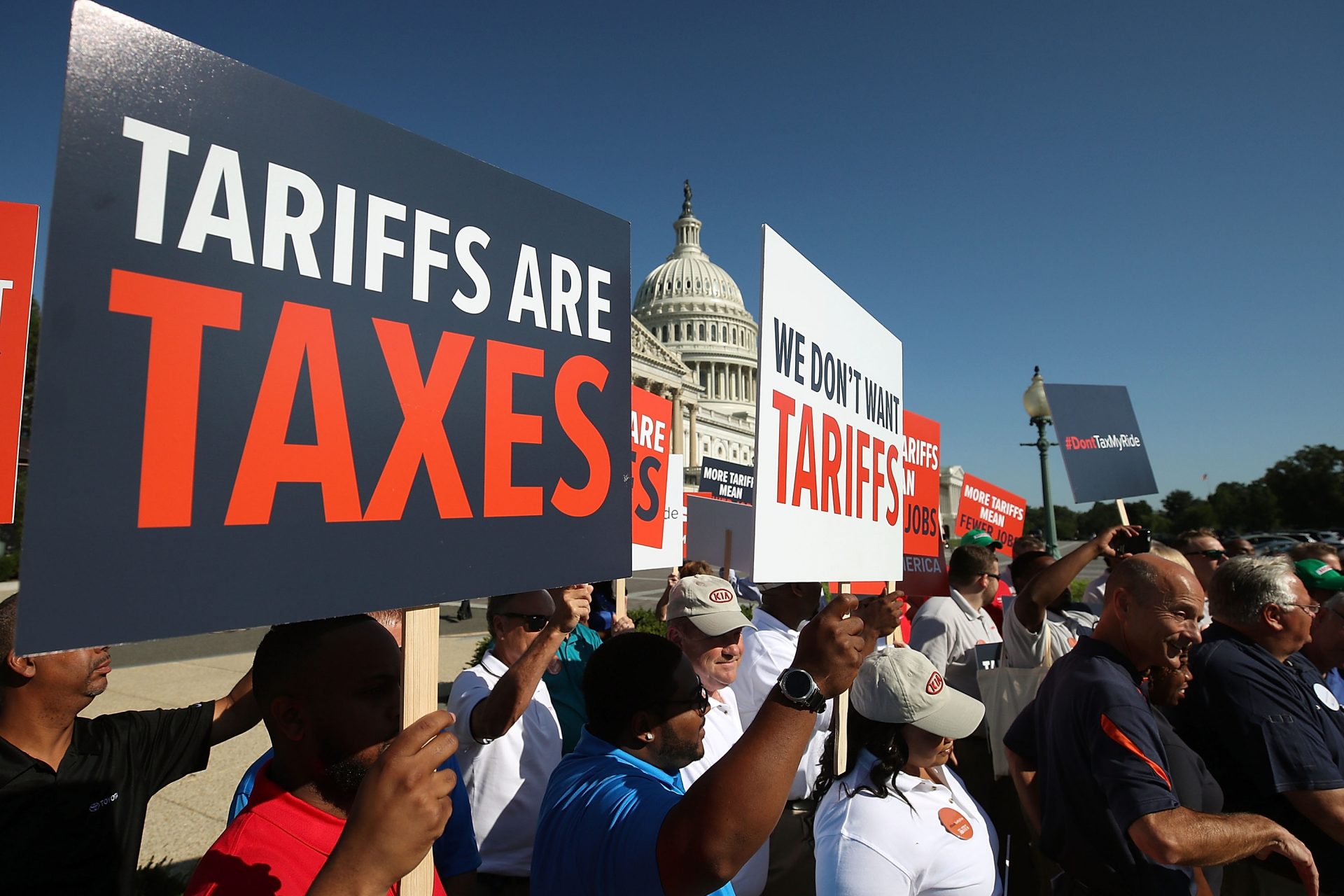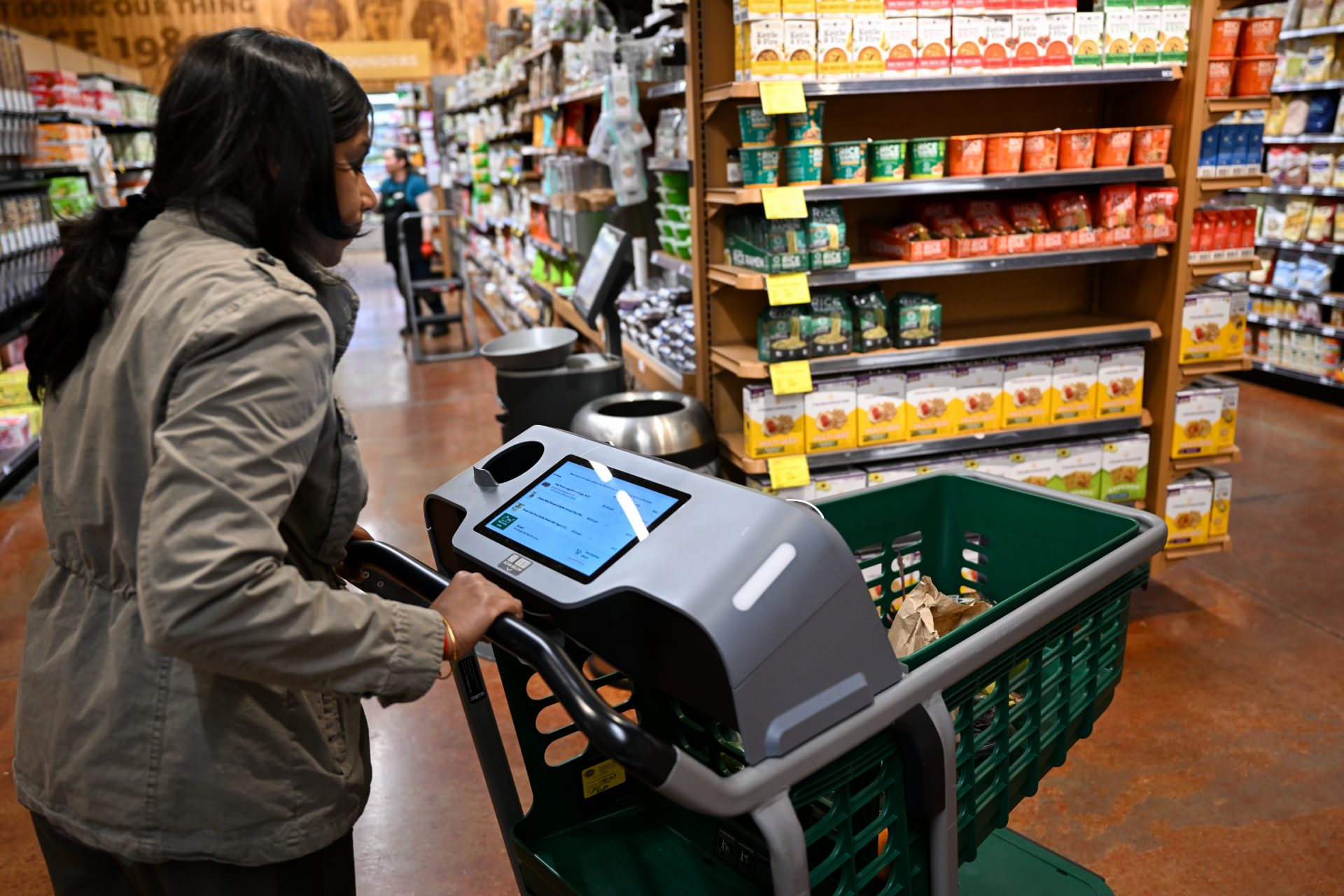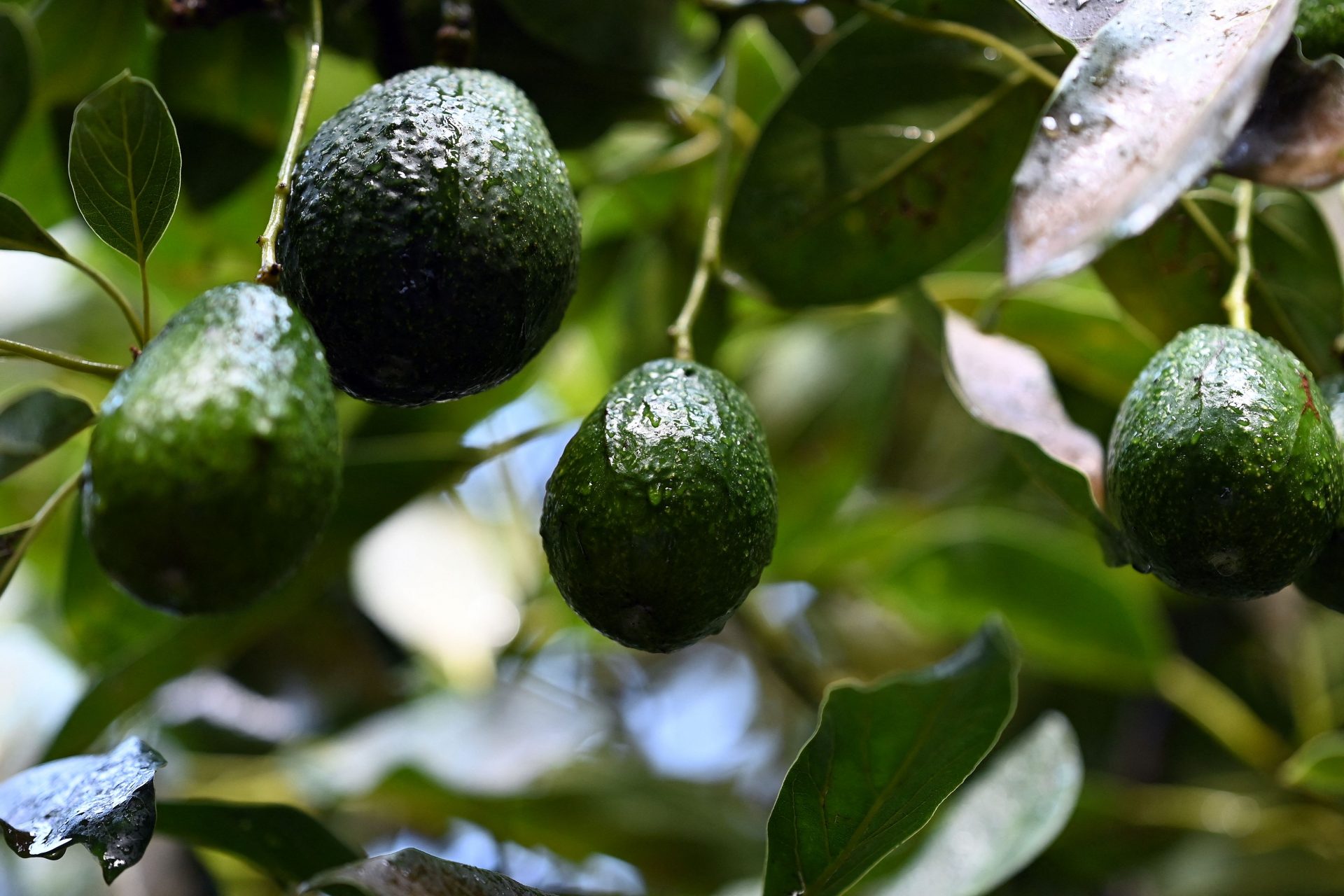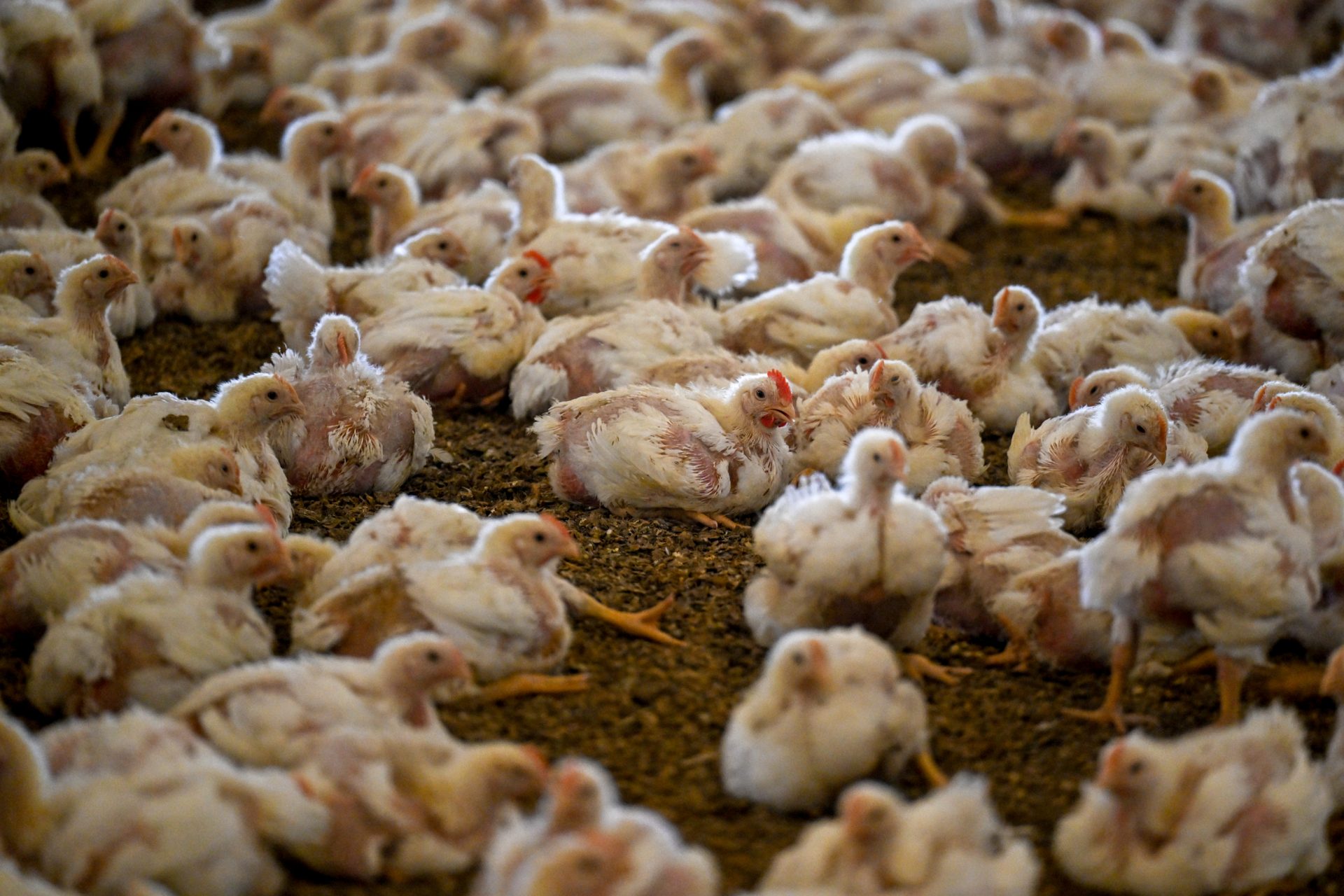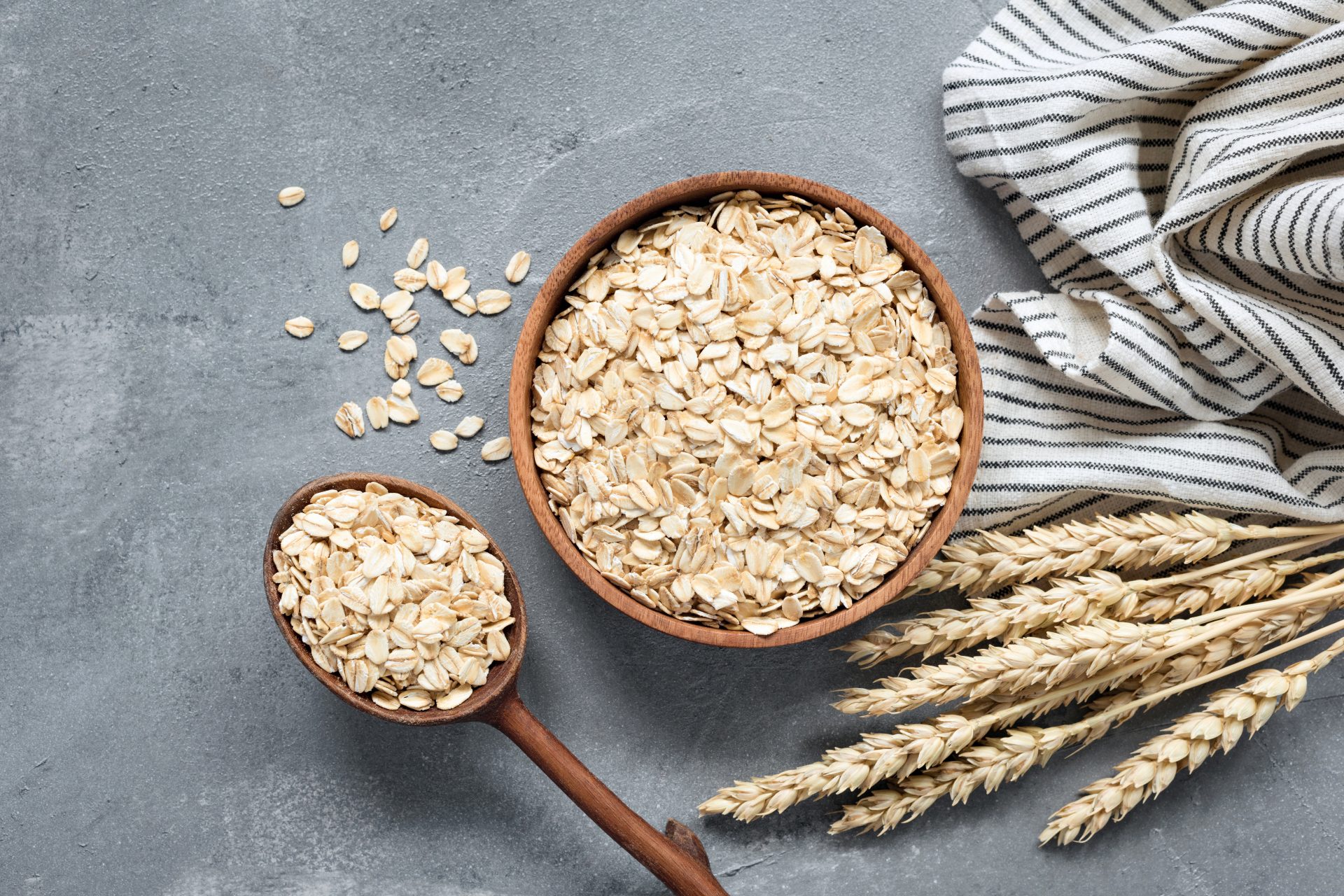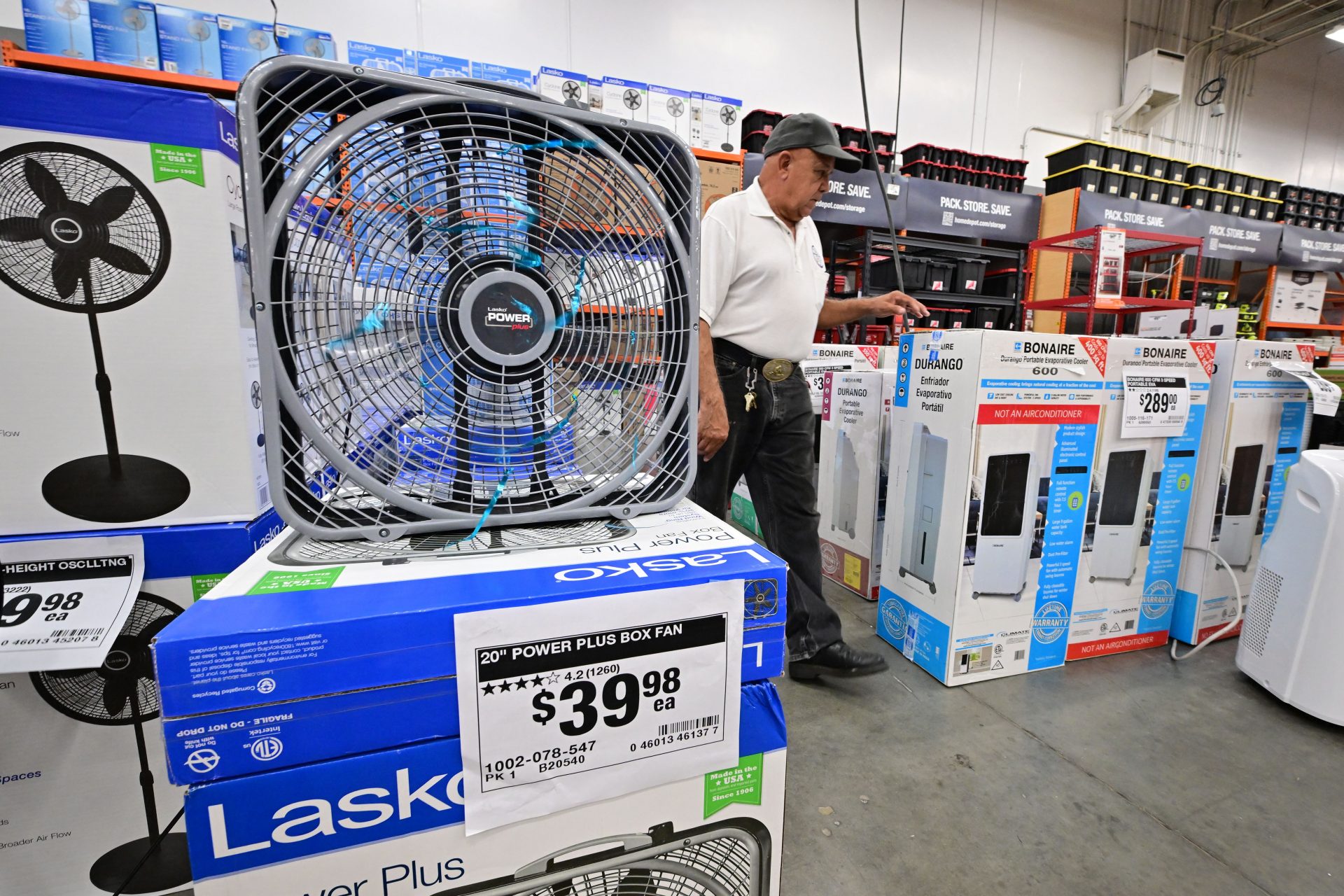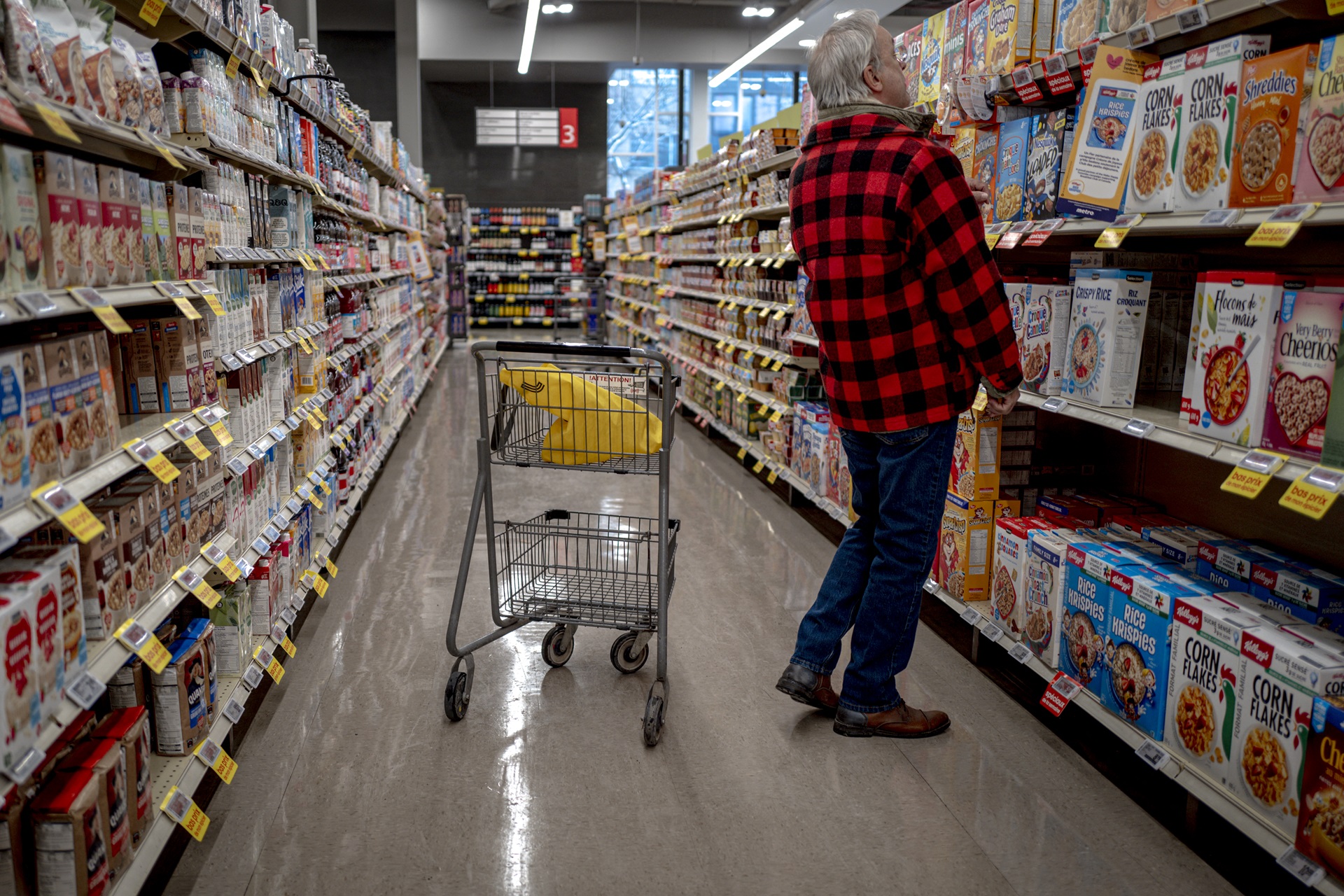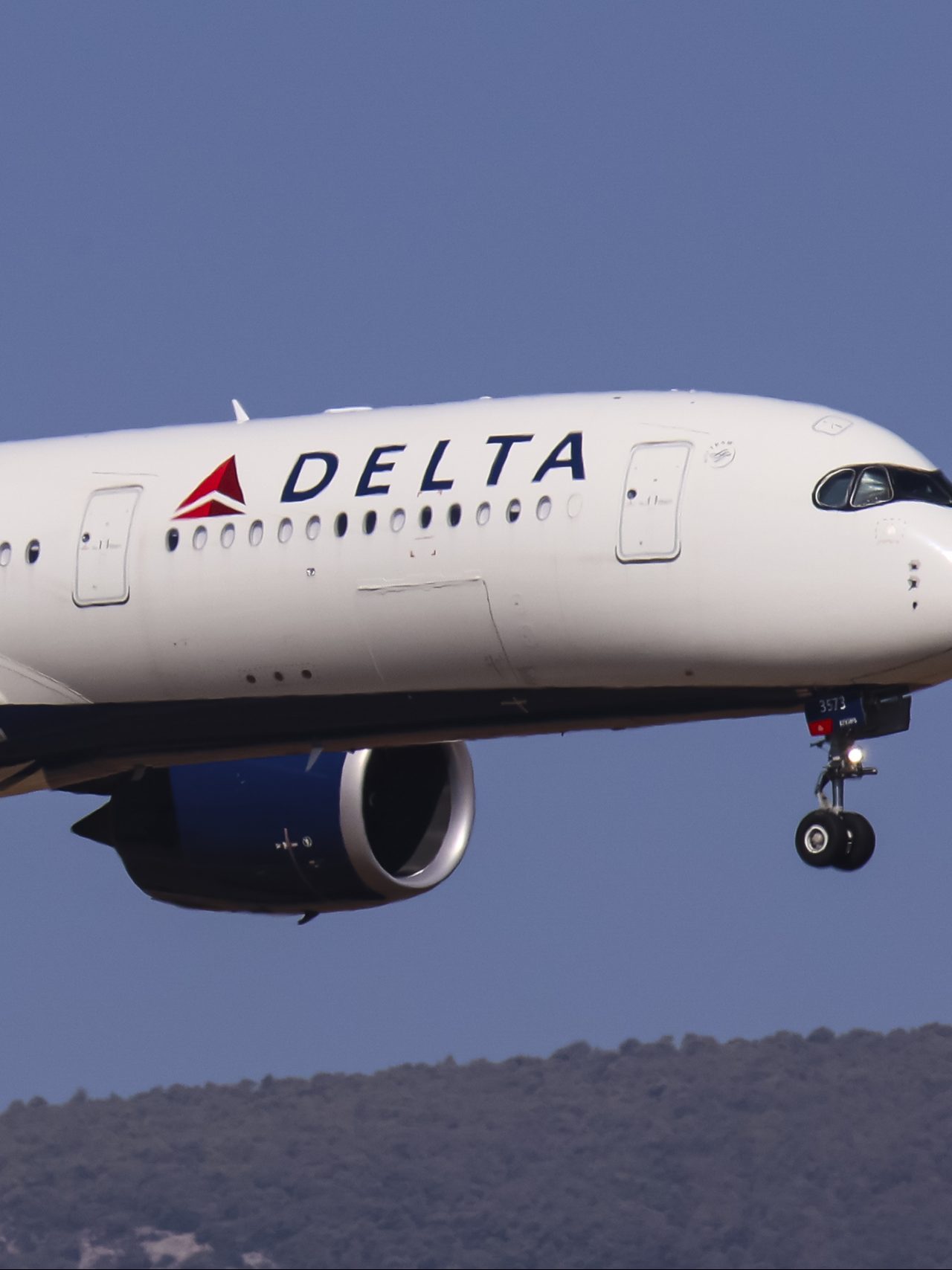Do you know which products on your grocery list come from Canada and Mexico?
President Trump started a North American trade war by imposing a 25% tariff on most products coming to the US from Mexico and Canada.
Just a few hours after that, Mexican President Claudia Sheinbaum said Trump agreed to put the tariffs on hold while she sent 10,000 National Guard agents to the border to increase drug trafficking control.
Canada also negotiated a pause with President Trump. His demands were less evident for the northern neighbor, with significantly minor drug trafficking issues, but the country pledged to boost border enforcement.
Still, if President Trump is unsatisfied with the deal's outcome, American consumers might not be free of tariffs soon. Given the three countries' integrated trade networks, duties are expected to be inflationary.
Mexico and Canada are the country's top trading partners. According to the Wall Street Journal, the US imported over $843 billion from Mexico and Canada last year.
So, what products could be affected if the highly signaled trade war finally erupts? There are many, from food to raw industrial materials and oil.
The grocery list is the first place where Americans will likely feel the price increase. Moving to domestic production is complex, and experts believe local producers will also likely raise prices.
The first product that came to mind for many experts was avocadoes. The US imports over 80% of the avocadoes it consumes from Mexico, and tariffs came just before one of the most significant guacamole weekends: the Super Bowl.
Tomatoes, raspberries, frozen juices, and frozen fries are examples. CNN said Mexico was the top source of fruits and vegetables last year, and Canada was the second source of vegetables.
The same will happen with some pantry products. Maple syrup is an obvious example. More than 60% of Canada's maple syrup production is exported to the US, the WSJ said. Only the two countries produce it.
Canada is also one of the top exporters of livestock and meats to the US. Mexico is the third. This will raise prices, as an avian flu epidemic has already strained beef supplies nationwide.
The same will happen with poultry. CNN said the US imported $692 million in poultry from Canada last year. Mexico, which is the fourth source, sent $29 million.
According to the Washington Post, Canada and Mexico are America's top grain suppliers. Mexico is the second supplier of nuts, and Canada tops the food oils and bakery goods markets.
Prices could increase across processed foods as well. CNN said the US imported nearly $8.5 billion in cane and beet sugar from Canada and Mexico last year.
Mexico produces America's most popular beer brand, Modelo. Other American brands are also produced there. The industry is very integrated. Other alcoholic beverages will also be affected.
Foods and beverages will be the first hit, but not the only ones. Industry price increases might take a little more time to become evident for American consumers, but they will come.
President Trump placed only a 10% tariff on oil imports from Canada. Still, the northern neighbor is the top foreign supplier of oil.
Experts told the AP that many midwestern refineries are only equipped to process heavier Canadian crude. Energy and gas prices will grow.
The tariffs could impact the housing market, which is already strained by a lack of inventory. Steel and lumber from Canada are highly used in US construction.
However, the automotive industry will be most affected. Experts say it is the most integrated sector. Before being finished, a car goes through all three countries for different parts of the manufacturing process.
According to the Wall Street Journal, the duties will also affect a miscellaneous selection of surprising products, from sledgehammers to American classic toys, like Tonka Trucks, made in China.
The tariffs on Chinese products, which are in addition to previous taxes, will mostly affect consumer goods, electronics, and appliances.
More for you
Top Stories




